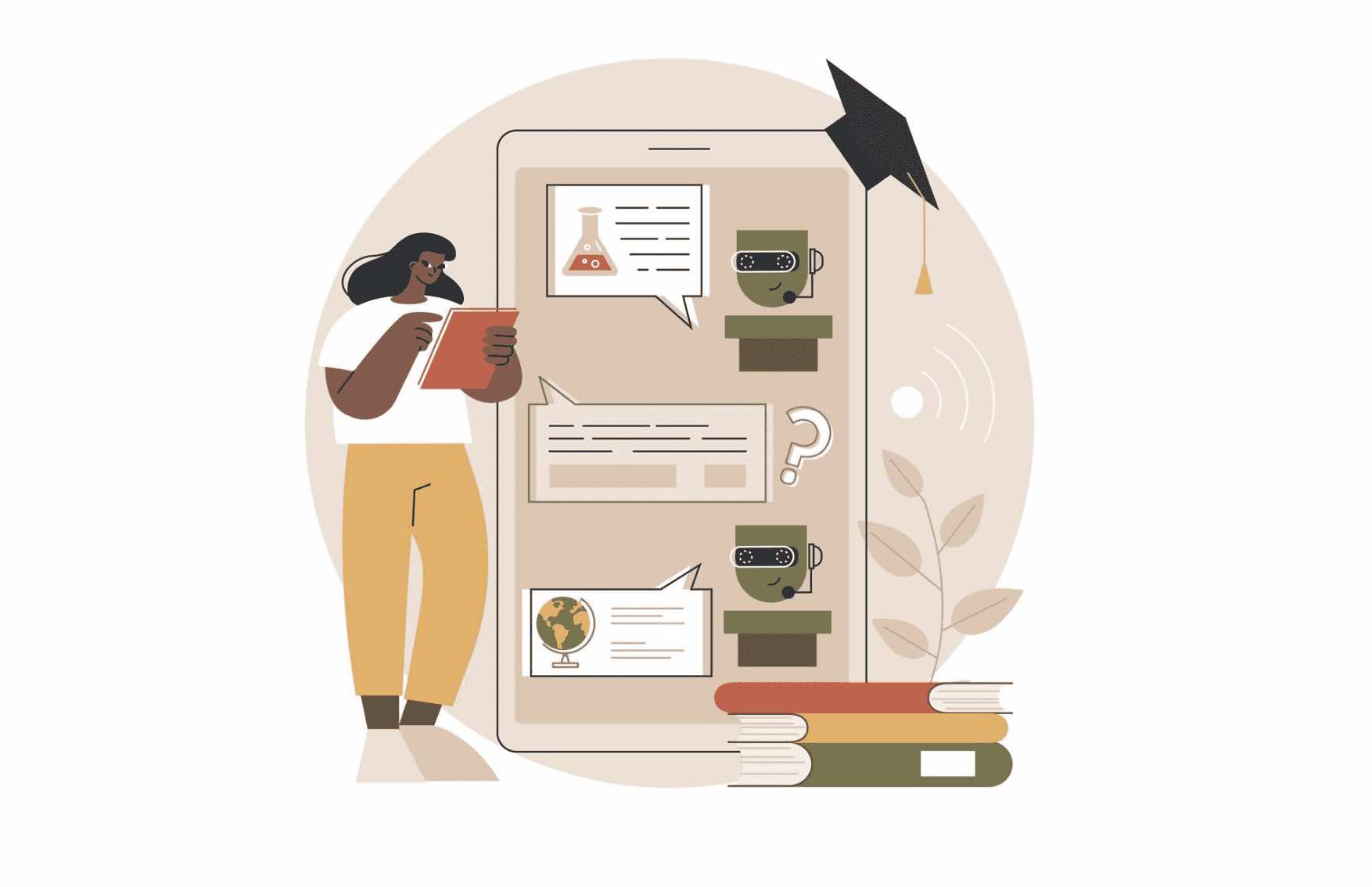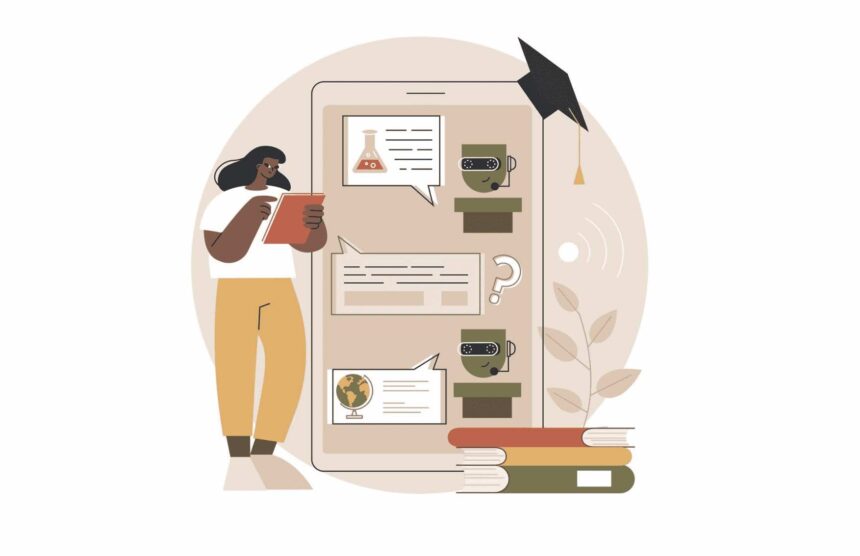
Introduction
Cast your mind back to when you went to school. For most of us, some lessons had us spellbound, engaging with our teachers and the subject. Other lessons – and other teachers – simply could not create the same reaction. Try as we might have, we perhaps struggled to follow the subject, or maybe we found the teacher boring.
Today’s education landscape is changing rapidly. Rather than choosing between two teachers, many people are deciding between remote teaching and in-person learning. The next decision we are facing is between artificial intelligence (AI) technologies as educators or human teaching assistants. Which one delivers the better student experience?
Also Read: Will AI Replace Teachers?
AI Teaching Assistants
Just a few years ago, the thought of AI in the classroom may have horrified students, teachers, and parents. Visions of robots dictating to students simply would not sit well with our society’s idea of delivering a well-rounded education.
As AI technology has developed from science fiction to reality, its potential has become clearer. UNESCO believes that AI could help address some of the biggest challenges in the field and innovate our teaching and learning practices. At the same time, the organization is cautious about risks and challenges outpacing suitable policies and the creation of a regulatory framework.
Meantime, the education think tank the Center for American Progress suggests that AI could vastly improve how U.S. teachers assess their students’ progress. The researchers suggest that students may be able to learn better and faster with the help of AI.
At the same time, another area of the education sector is already taking advantage of AI’s capacity to process large quantities of data. Learning management systems (LMSs), the drivers behind many of our most-loved online learning products, use AI to create personalized learning experiences.
Here is a closer look at some of the key benefits AI can bring to students, teachers, and educational institutions today.




